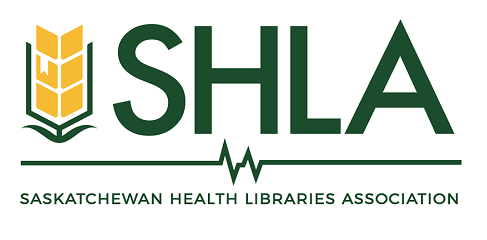Meeting date: September 26, 2017
Presenter: Caroline Monnin
Citation: Manca, A; Martinez, G,;Cugusi, L; Dragone, D; Dvir, Z; Deiu, F. (2017). The Surge of Predatory Open-Access in Neurosciences and Neurology. Neuroscience 353: 166-73. doi: 10.1016/j.neuroscience.2017.04.014
Article abstract: Predatory open access is a controversial publishing business model that exploits the open-access system by charging publication fees in the absence of transparent editorial services. The credibility of academic publishing is now seriously threatened by predatory journals, whose articles are accorded real citations and thus contaminate the genuine scientific records of legitimate journals. This is of particular concern for public health since clinical practice relies on the findings generated by scholarly articles. Aim of this study was to compile a list of predatory journals targeting the neurosciences and neurology disciplines and to analyze the magnitude and geographical distribution of the phenomenon in these fields. Eighty-seven predatory journals operate in neurosciences and 101 in neurology, for a total of 2404 and 3134 articles issued, respectively. Publication fees range 521-637 USD, much less than those charged by genuine open-access journals. The country of origin of 26.0-37.0% of the publishers was impossible to determine due to poor websites or provision of vague or non-credible locations. Of the rest 35.3-42.0% reported their headquarters in the USA, 19.0-39.2% in India, 3.0-9.8% in other countries. Although calling themselves “open-access”, none of the journals retrieved was listed in the Directory of Open Access Journals. However, 14.9-24.7% of them were found to be indexed in PubMed and PubMed Central, which raises concerns on the criteria for inclusion of journals and publishers imposed by these popular databases. Scholars in the neurosciences are advised to use all the available tools to recognize predatory practices and avoid the downsides of predatory journals.
Reason for selection: Recently, there has been a lot of discussion on the MEDLIB and CANMEDLIB listservs about the impact of predatory publishers on libraries, specifically on database search results. This article was referenced by the Krafty Librarian in response to the discussion. I thought it would be beneficial to discuss the role of librarians in regards to predatory publishers and how it impacts library services.
Critical appraisal questions:
- What is the purpose of this study? Was the question clearly defined?
- Did the author choose the research method best suited to answer this question?
- Did the author accurately address the limitations of the study?
- Was there anything that surprised you about the results of this study?
- How does this article apply to health librarianship? Will it impact the way we deliver our library services?
